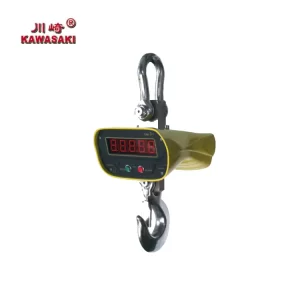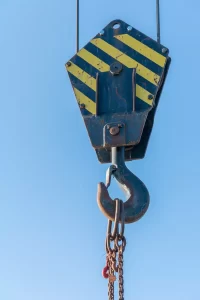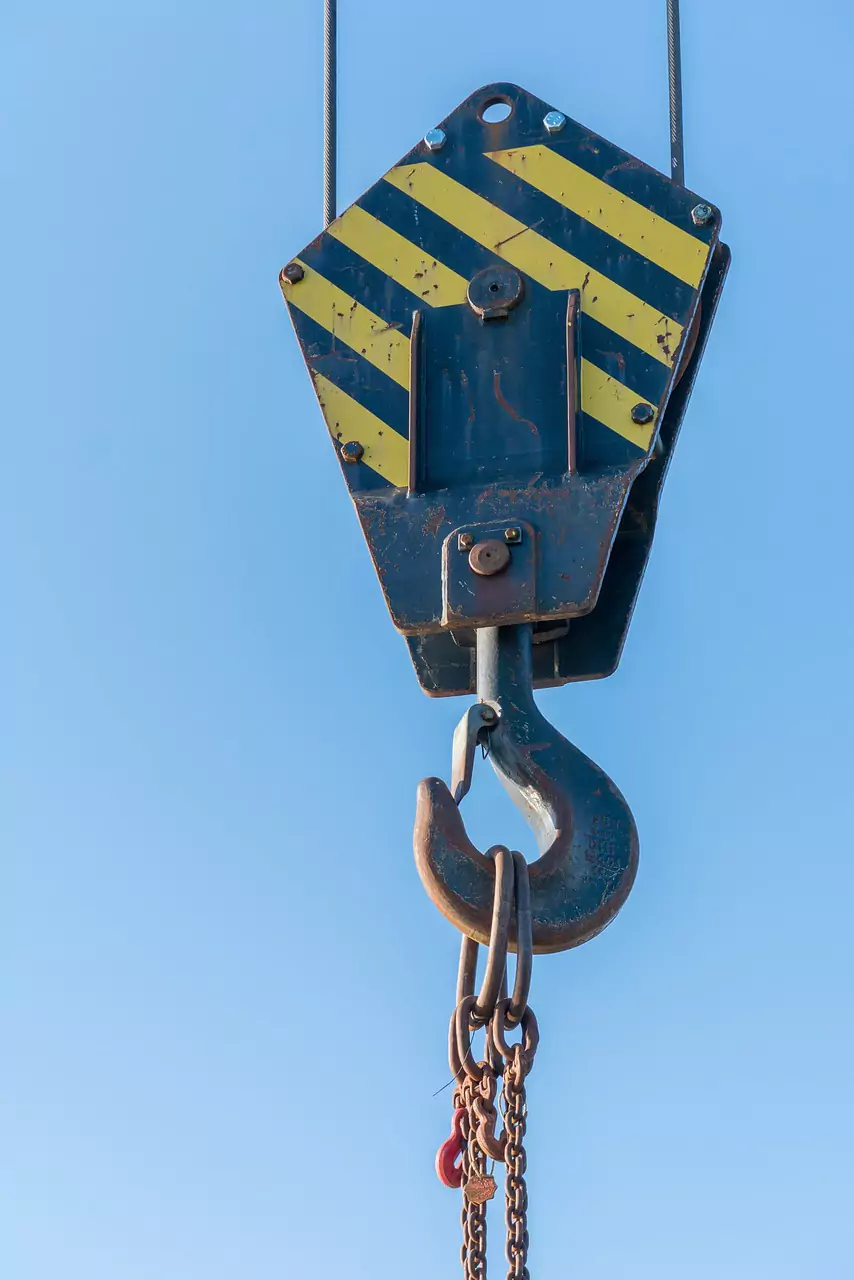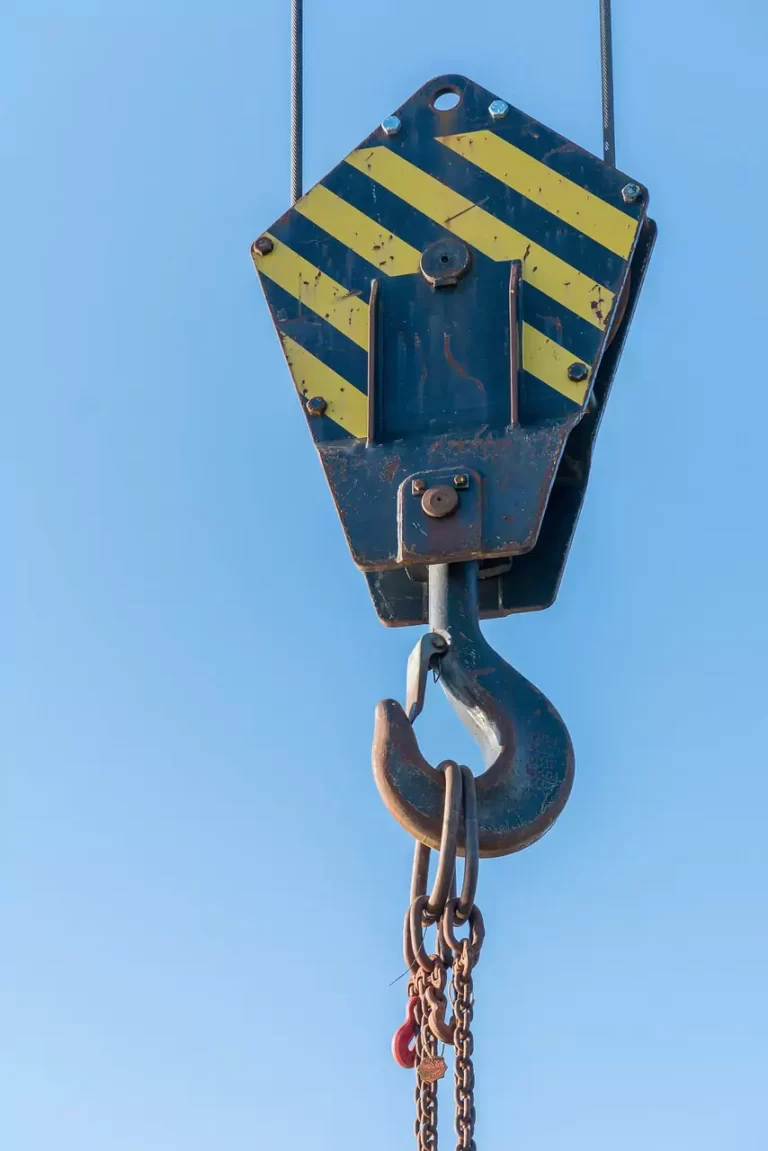Crane scales play a role in different industries for weighing bulky items accurately and safely during lifting tasks. It is important to customize a crane scale to suit the measurement requirements of a project when switching to pounds (lbs). Having a grasp of how to operate these devices can greatly impact operational efficiency. This detailed manual will guide you through the procedures, for configuring your crane scale to display weights in pounds while highlighting the benefits and features of Apollo Hoists crane scales.
Understanding the Basics of Crane Scales
What is a Crane Scale?
An instrument known as a crane scale is specifically created to hoist and weigh objects hanging from a crane or hoist system accurately and in real-time using digital displays provided by the device. The crane scales are widely used in industries such as construction and shipping due to their accuracy and robustness to guarantee lifting practices by delivering accurate weight calculations, for materials handling purposes.
Introduction to Apollo Hoist’s Crane Scales
Apollo Hoist provides a selection of crane scales designed for different industrial needs by blending contemporary technology with user-focused design principles. The crane scales from Apollo are recognized for their dependability and simplicity in operation; they come equipped with interfaces and sturdy build quality alongside cutting-edge weight-detecting technology. These scales guarantee that lifting operations conform to safety protocols while also optimizing efficiency. Additionally, data logging features enhance the functionality of Apollo Hoist products making them a top choice, among industry experts.

Step-by-Step Guide to Setting Your Crane Scale to Lbs
Initial Preparation and Safety Guidelines
Prior to adjusting your crane scale to pounds (lbs), it is essential to confirm that the equipment has been correctly set up and calibrated for accuracy. Start by reviewing the guidelines provided by the manufacturer to get acquainted with the operation of the device. Furthermore, inspect the surrounding area for any safety concerns before use. Make sure to wear appropriate safety gear while operating. Thorough preparation is key, in reducing any risks linked with lifting heavy objects.
Accessing the Settings Menu on Apollo Hoist’s Crane Scales
Locating the Settings Button
To access the settings menu on Apollo Hoist’s crane scales, locate the designated settings button typically found on the device’s control panel. This button is essential for making necessary adjustments to the scale’s configuration.
Navigating through the Menu Options
Once you access the settings menu, navigate through the available options using the appropriate buttons. The interface is designed to facilitate quick and easy navigation, allowing for efficient adjustments without confusion.
Switching Measurement Units
Selecting Lbs from the Unit Options
Within the menu, look for the measurement unit options. When prompted, scroll through the list of available units until you find “lbs” and select it. This step is crucial to ensure the crane scale provides readings in the preferred measurement system.
Confirming and Saving Settings
After selecting lbs, confirm your settings to finalize the adjustment. Saving the changes is vital, as it ensures that the crane scale retains the new unit of measurement for future use.

Calibration and Testing Procedures
Importance of Calibration for Accuracy
Calibration is an essential procedure when using crane scales to guarantee measurement accuracy. It involves adjusting the scale’s settings to align with known weight standards, thereby promoting safe and reliable operation.
Detailed Calibration Steps for Apollo Hoist’s Models
To calibrate Apollo Hoist’s models, follow the user manual’s specific instructions. Generally, this will involve placing a calibrated weight on the scale and adjusting settings until the device displays the correct measurement. This procedure ensures that the equipment remains reliable over time.
Conducting a Test Weigh-In
Once calibration is complete, perform a test weigh-in to validate the scale’s accuracy further. Utilizing a sample weight close to the expected operating weights will offer insights into the scale’s precision, ensuring you’re prepared for actual lifting tasks.
Troubleshooting Common Issues
Dealing with Measurement Discrepancies
If discrepancies appear between the actual weight and readings displayed on your crane scale, first verify that calibration was done accurately. Additionally, check for any obstructions or damages to the scale. Regular maintenance can mitigate many common issues, ensuring that you maintain accurate measurements as needed.
Maintaining Your Crane Scale for Longevity and Accuracy
Regular Maintenance Practices
Routine maintenance is essential for prolonging the lifespan of any crane scale. This includes regular inspections for wear and tear, ensuring components are in good condition.
Cleaning Procedures
Proper cleaning of the crane scale is vital to ensure its longevity and functionality. Employ a soft, damp cloth to wipe down the scale and avoid using harsh chemicals that can damage the device.
Regular Firmware Updates
Ensuring that you keep the firmware of your Apollo Hoist crane scale updated is important to access the features and improvements, that can enhance performance and help prevent compatibility problems in the long run.
Best Storage Practices
Make sure to keep your crane scale in a dry spot when you’re not using it to safeguard it from environmental elements that could impact its efficiency Also consider using protective cases to prevent accidental damage, to the device.
Leveraging Advanced Features of Apollo Hoist’s Crane Scales
Exploring Additional Measurement Units
Apollo Hoists crane scales frequently provide the option to choose from a range of measurement units, than pounds to cater to user preferences and enhance flexibility for a variety of applications.
Utilizing Data Logging Capabilities
Numerous models include data logging capabilities that let you track weight measurements consistently over time—a feature for monitoring weight fluctuations and enhancing overall efficiency in the industry sector—an ideal choice for professionals looking for cutting-edge solutions is the crane scales, from Apollo.


